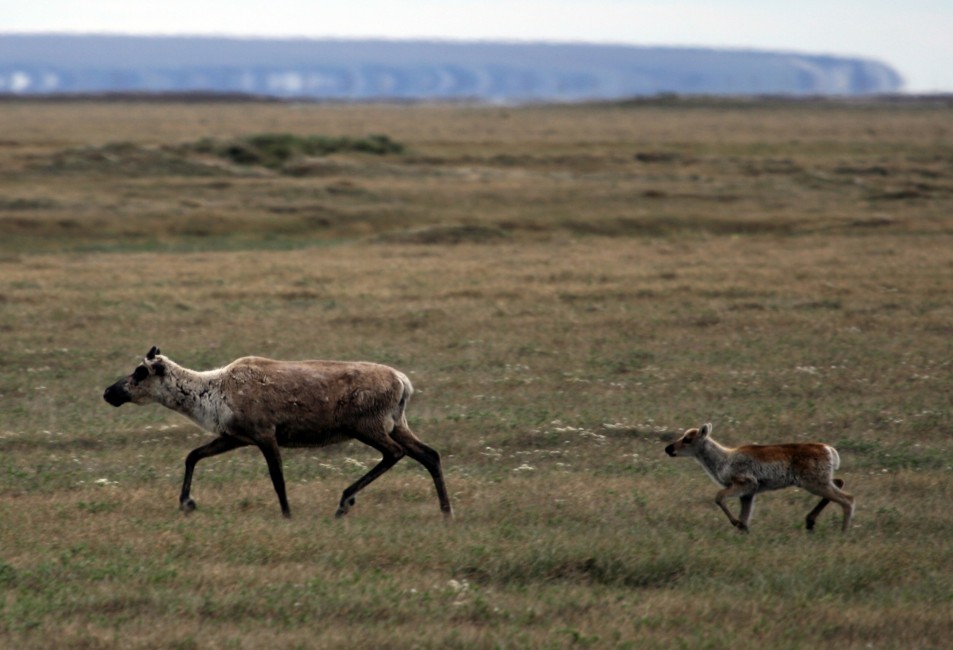
August 31, 2015
An Odd Sort of Porcupine
- as seen by -
 Jonathan C. Slaght
@JonathanSlaght
Jonathan C. Slaght
@JonathanSlaght The caribou of the Porcupine herd are kings of the trail; intrepid beasts that can trudge incredible distances in migration. While only four hundred miles separate their wintering and calving grounds as the crow flies, even crows can be diverted by the imposing Brooks Range in northern Alaska. Given meanderings such as zig-zagging mountain passes and lengthy detours to find the safest river crossings, some caribou of the Porcupine herd migrate as far as three thousand miles every year. This makes them among the longest-distance land migrants anywhere in the world.
Caribou herds are named after the regions these animals live in, and the Porcupine River transects the massive swath of tundra and mountain patrolled by this 169,000-strong herd. In spring, the herd moves north to the coastal plain along the Beaufort Sea, where pregnant females give birth. They don’t always make it in time, however: in years when a late spring leaves deep and impassible snows on their migration routes, calves might be born among the austere peaks of the Brooks Range, where the unsteady newborns are easy prey for wolves, bears, and golden eagles. This is why the coastal plain is preferred for calving—in addition to an abundance of nutrient-rich vegetation, it gives a young caribou time to find its legs on a flat expanse so it’s ready to keep up with the rest of the Porcupines.
Canon Rebel XTI
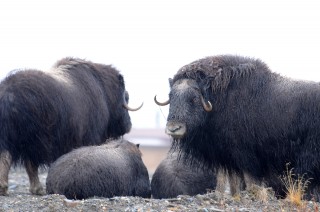
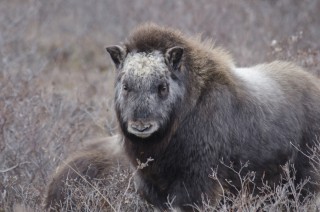
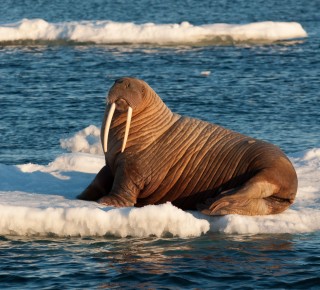
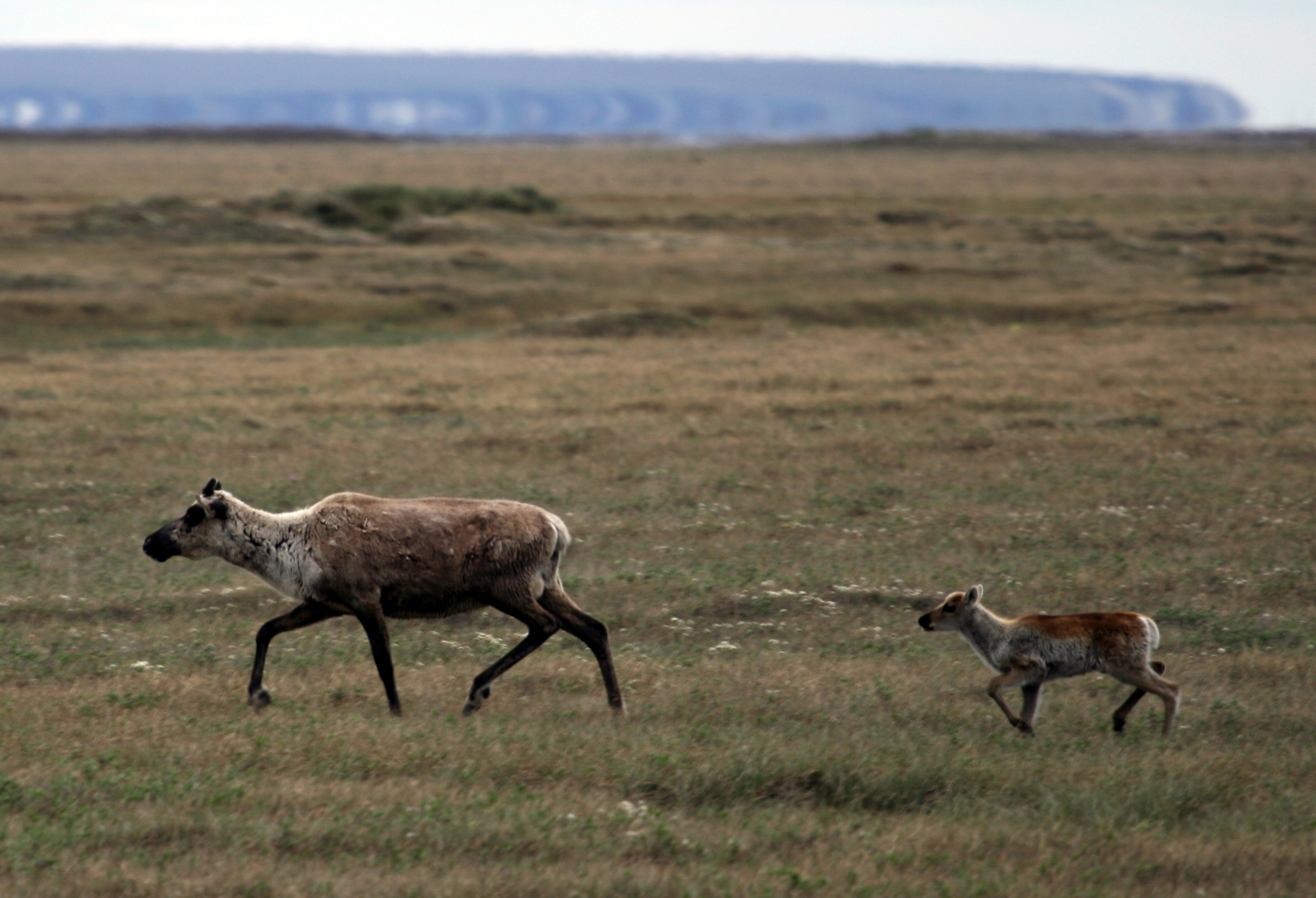
Leave a Comment
JL
December 2, 2016 at 9:14 am
I love this site – and these sights! And I pass them along to my grandchildren, at least one of whom I hope to interest in the biological sciences.
A very minor notice: please check for spelling/grammar, since kids get enough bad stuff on their phones and nearly every other site. It’s = it is, the one exception to the ‘s possessive rule: its fur is thick . . . [maybe on another posting?]
Thank you. I really do love – and share – the photos and the informative records of concern for all animals.